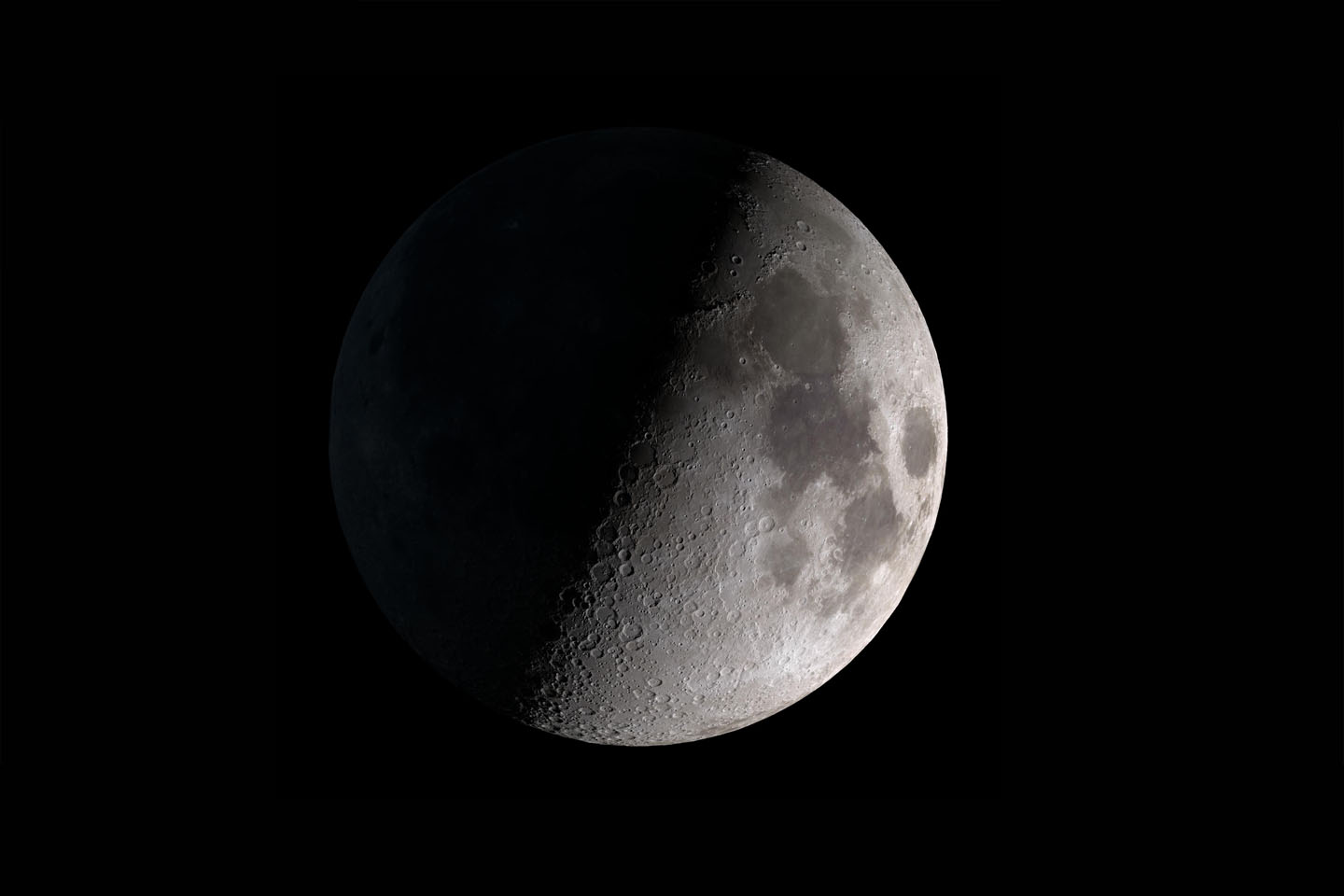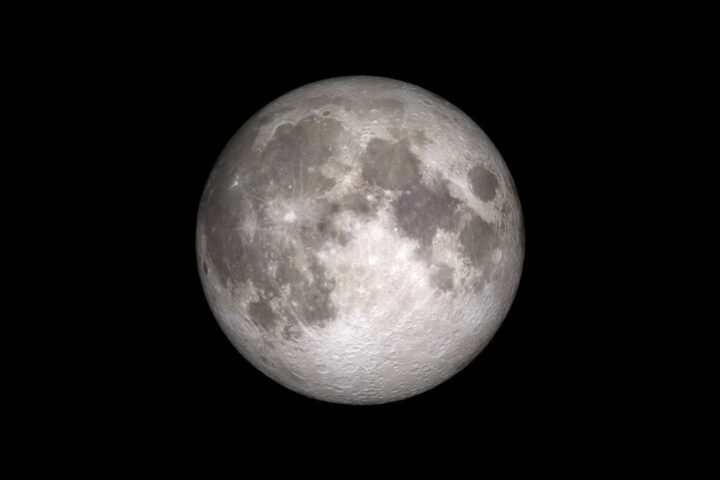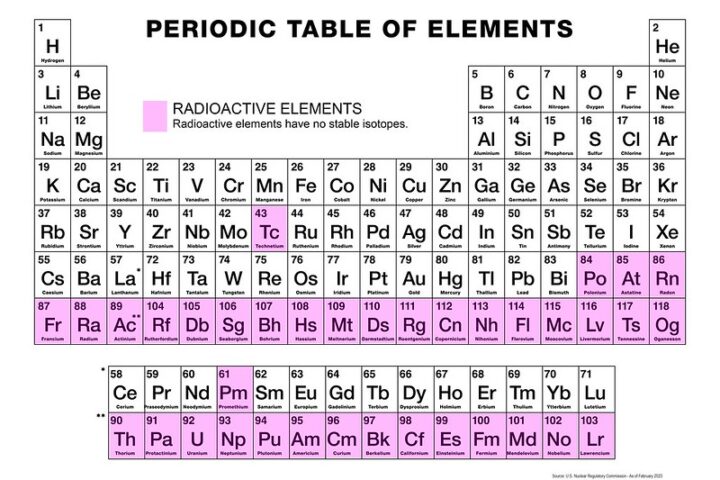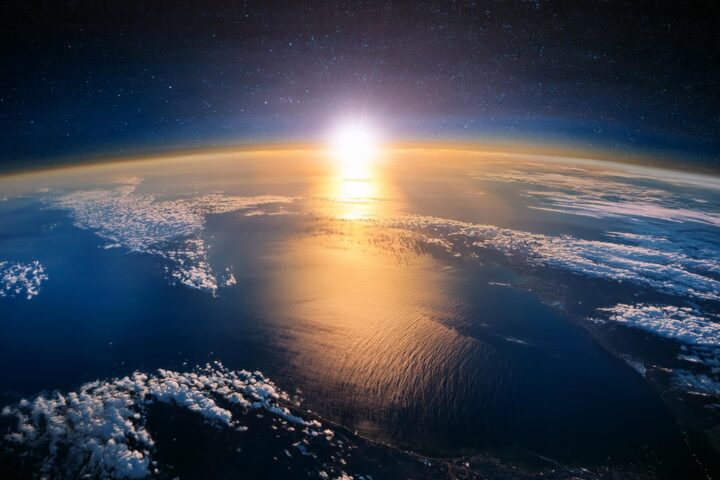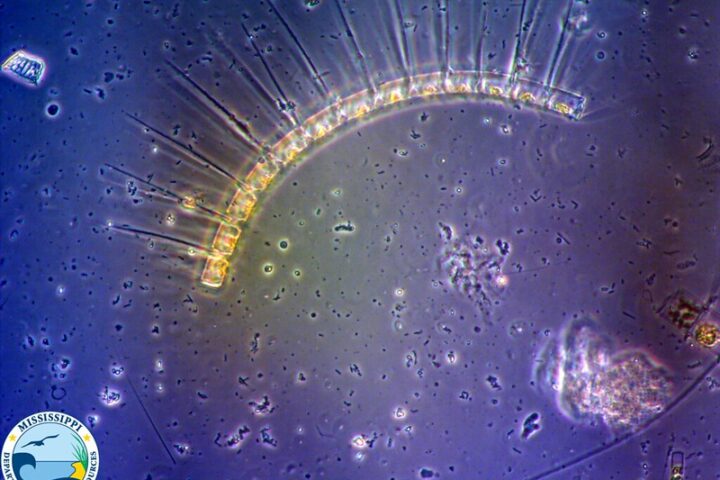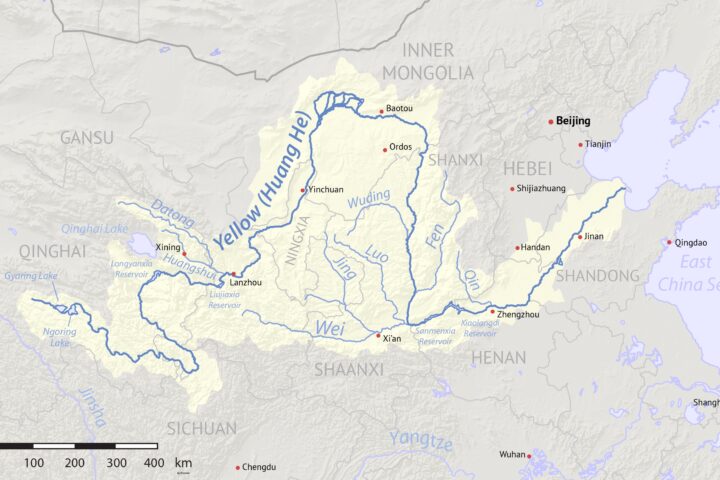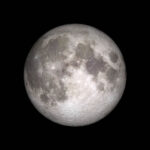Source: Wikimedia_NASA_Goddard_Photo_and_Video_First_Quarter_By NASA Goddard Space Flight Center from Greenbelt, MD, USA – First Quarter Uploaded by ComputerHotline, CC BY 2.0
Introduction
Some time ago, we were fascinated by the tranquil beauty and mysterious charm of our lunar companion. For years, we looked at it, trying to get to know all of its craters and be amazed by the impact it exerts on the Earth’s tides. But recently, a new find shook us out of our old way of understanding this almost familiar lunar friend: it is shrinking.
This is surprising, though hardly unexpected news. Scientists have long assumed that as the Moon cools down, its internal structure should contract-but evidence of any sort in this regard is admittedly difficult to find. Lunar seismology has made tremendous strides, and sensitive measurements from orbiting spacecraft have given valuable evidence that, yes, the Moon is slowly contracting indeed.
In this paper, we will examine the interesting information of this Moon shrinking phenomenon. We would examine the scientific evidence that backs up such claims, discuss some implications on our understanding of the Moon’s geological history, and consider the future consequences of this lunar transformation.
Evidence for a Shrinking Moon
The major evidence for the Moon’s contraction is through the study of the Lunar Seismic Data that NASA’s Apollo missions received. On the moon’s surface, there were seismometers installed that measured the vibrations generated by different activities including moonquakes, meteoroid impacts, and the cooling and contraction of the lunar interior.
Seismic data from such sources has revealed for scientists a peculiar pattern of seismicity. Most of the moonquakes took place along narrow fault lines often near the edges of old impact basins. These fault lines indicate that it is compression/deformation of the Moon’s crust as the interior shrinks.
Thrust faults, formations that occur when one block of rock slides over another, have also been revealed by the high-resolution images taken by lunar orbiters. Existence of thrust faults may suggest compressive forces exerted on the Moon’s surface, a result, too, of a shrinking lunar body.
Implication of a Shrinking Moon
The new finding of a shrinking Moon has important implications for its geological history and evolution. The new data have given immense importance to the idea that the Moon was much more volcanically active than the previous estimates had shown. As the Moon cooled, its interior contracted, causing it to wrinkle and deform. This process can have been responsible for the formation of those many craters and basins which can be found there today.
In addition to geology implications, the shrinking Moon also has implications for our understanding of the internal structure of the Moon. From the rate of lunar contraction as well as the pattern of seismic activity, scientists can make inferences about the properties of the Moon core and mantle. This will better assist us in understanding the formation of the Moon and its subsequent evolution.
Future of the Shrinking Moon
The Moon is contracting at a relatively slow rate, but that could speed up. It is quite possible that stresses at the Moon’s surface will build up because of the ongoing cooling of its interior. What this means is that there could be intense and possibly even stronger moonquakes. For these reasons, these earthquakes may potentially threaten both future lunar missions and lunar settlements as well.
However, the shrinkage of the Moon is a very slow process. Even if the rate of contraction were to accelerate, it is billions of years before the Moon shrinks to any practical extent. Thus the immediate danger posed by lunar shrinkage is relatively low.
The Role of the Moon’s Core
Apparently, it is the cooling and solidification of its core that is the major driving mechanism of the Moon’s contraction. Since the content of heat in the core decreases with cooling, it also causes contraction, thereby leading to wrinkles and deformations in the layers above. Thermal contraction is one of the significant mechanisms involved in the process of planetary body evolution.
It is believed that the iron and sulfur which constitute the core of the Moon have cooled steadily with the radioactive decay of elements which have been inside the Moon for thousands of years. As the iron and sulfur in the core cool, they start to crystallize. The volume that the core will hence reduce lowers its pressure with the contraction pressure deforming the mantle and crust around the core.
Core Contraction Effect on Lunar Activity
This contraction of the Moon’s core had a great impact on its geologic activity. Some of the most obvious results include forming thrust faults. These faults are formed as one block of rock slides over another, thus making mountains and ridges. Thrust faults cover quite a lot of the Moon’s surface, proving the existence of compressive forces that resulted from the contraction of the core.
The second consequence of core contraction is that moonquakes are present. The reason for the moonquakes is due to the release of stress along the fault lines. Although moonquakes are typically much weaker than those that occur on Earth, it still provides interesting hints concerning the internal structure and the dynamics of the Moon.
Role of Meteoroid Impacts
While core contraction has been the primary factor in the shrinkage of the Moon, impacts by meteoroids have played a significant role in this process too. Thousands of craters mar the surface of the Moon and each tells its story of the violent past of our celestial neighbor. Meteoroid impacts can at times lead to local deformation of the lunar crust, which is a contributor to greater global contraction of the Moon.
It must be noted, however, that meteoroid impacts caused the Moon’s shrinkage. Induced by the core’s cooling and solidification as such, the overall tendency of the contracting lunar body is developed. Meteoroid impacts are secondary causes.
Future Shrinking Moon
Because of continued cooling and contraction of the Moon’s core, the rate of lunar shrinkage is anticipated to increase. This would mean more frequent and stronger moonquakes, plus new thrust faults’ development. These changes alone do not immediately portend a threat to future missions in space but do imply something big for the long-term stability of the Moon’s surface.
Apart from the geological consequences, there can be consequences to the internal structure of the Moon. With the contraction of the core, it compresses the mantle and crust further. This could create several impacts on the distribution of heat and mass within the interior of the Moon. Modulation in gravitational forces may even leave an impression on the magnetic field of the Moon and the internal dynamics.
Conclusion
A shrinking Moon has characterized continuous search and study of our celestial neighbor. In unlocking the lunar surface and interior, we gain further knowledge about how it was made, evolved, and eventually will be. The more we go deeper into this exploration, the more fantastic and vastly impacting it will be about our discoveries regarding other celestial bodies.
Sources:

